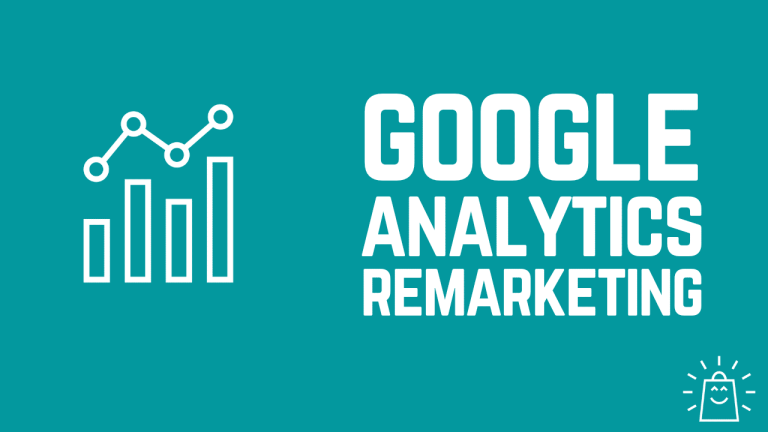It’s finally here. Amazon recently made the official announcement that Prime Day 2020 is on the schedule and will take place October 13-14.
Shoppers rejoiced … and sellers got to work. As long suspected, Prime Day this year will serve as the unofficial kickoff to the holiday shopping season, which means sellers have to move timelines for, well, everything up significantly.
Add COVID-19 to the mixture, and exploding interest from consumers to shop online for the festive season, and there’s a lot of work to be done.
Sellers need not fear. With a little preparation, even without direct participation in Lightning Deals, they can take advantage of the extra traffic and shopping activity to capture opportunities and reach a greater pool of buyers during the 48-hour extravaganza.
A Look to the Past to Inform the Future
To get a better grasp of what might be important to prioritize going into this year’s event, let’s first take a look at what Prime Day accomplished in 2019.
Prime Day 2019 was held July 15-16. Prime members purchased 175 million items — an increase from the 100 million items purchased in 2018 — and spent $2 billion. And, although the event was expanded to 48 hours from 36 the year before, hour-by-hour sales didn’t decline. Every year since the inception of Prime Day (which was originally 24 hours), ChannelAdvisor saw an average hourly GMV increase across our customer base.

The surge in shopping traffic on Amazon also leads to a considerable ripple effect on webstores, other marketplaces, and even branded manufacturers’ sites as shoppers search for related products or, especially this year, are prompted to think about other buying needs as they may enter a more focused shopping mode.
Consumer Perspectives
ChannelAdvisor collaborated with Dynata to survey more than 1,000 shoppers across the US and UK, with equal sampling across gender and age groups, in April 2020 and August 2020. The results of these surveys yield insight into how the pandemic has shaped consumer behavior so far this year and continues to affect consumer expectations going into peak season.
We outlined many of the results in a recent webinar, including the fact that 59% of consumers planned to start their Christmas shopping online before November 1. Almost half (49%) expect to conduct more of their holiday shopping online this year. And Amazon remains the top online destination where shoppers begin their product search (53%) and where they plan to research the majority of their gifts this holiday season (65%). Clearly, Amazon is poised to carve a massive share of purchasing activity — which, if the trends from the last Prime Day events continue, will be driven by small- to medium-sized third-party sellers.
However, according to our survey, 88% of consumers also reported spending the same or more time on non-Amazon marketplaces (such as eBay, Walmart, Target and others) since the beginning of the coronavirus outbreak.
The bottom line? Prepare your operations and get your products ready for shoppers’ eyeballs. They’ll be looking for deals and ready to buy. You’ll want to be ready for every possible sale, from the first hours of Prime Day onward.
Actions to Take Now
What should you do now — today? This week?
Optimizing your content is crucial to capture and build consumer interest. To hit the essentials, walk through these steps:
- Check titles. Make sure they:
- Accurately represent your products
- Meet the character minimums and maximums
- Are updated for both desktop and mobile
- Use multiple images in each listing. Three is a good starting point. Offer zoom functionality if you can.
- Optimize feature bullets. Keep them unique to each item and avoid wordiness.
- Eliminate errors, from product description inaccuracies to typos that could erode consumer confidence.
Pricing remains a top priority. In an environment in which shoppers are searching more heavily for deals than for inspiration, promotions are fundamental to success. Drive traffic through promotions via social media and other promotions. Ramp advertising spending up now and retain it beyond Prime Day to grow visibility. Once Prime Day 2020 ends, consumers could be in the mentality to continue shopping, so consider your promotions a launching point to gain positioning into the weeks following the Prime Day event.
Also, automated repricing will give you a strong advantage over those with slower reactions to competitor deals. Just be sure to use a tool that moves prices both up and down and also helps ensure you’ll win the Buy Box at the highest price possible.
Finally, fulfillment will be a top concern for sellers this year. With carriers already under strain, Prime Day deliveries and holiday shopping will complicate any existing issues you may be currently managing. Expect those issues to be exacerbated, and plan now for alternatives, workarounds or exceptional customer communication to manage them.
If you use FBA, you have a leg up in Buy Box positioning. Focus your efforts to capture the Buy Box wherever possible.
If you’re not using FBA, key strategies include:
- Setting expectations up front with customers. Be clear about expected shipping and delivery times, and communicate often with buyers.
- Offering free shipping, especially during the 48 hours of Prime Day. Shoppers will be expecting it.
- Continuing to review third-party logistics (3PL) companies for options to diversify fulfillment.
Ultimately, the key is to prepare now, wrap up new initiatives within the next couple of weeks, and then focus on execution through the end of the quarter.
And you’ll need to focus heavily on Amazon Advertising. We’ll talk about that extensively in our next post on preparing for Prime Day. We’ll also keep you updated as our industry prepares for this much anticipated shopping event.





